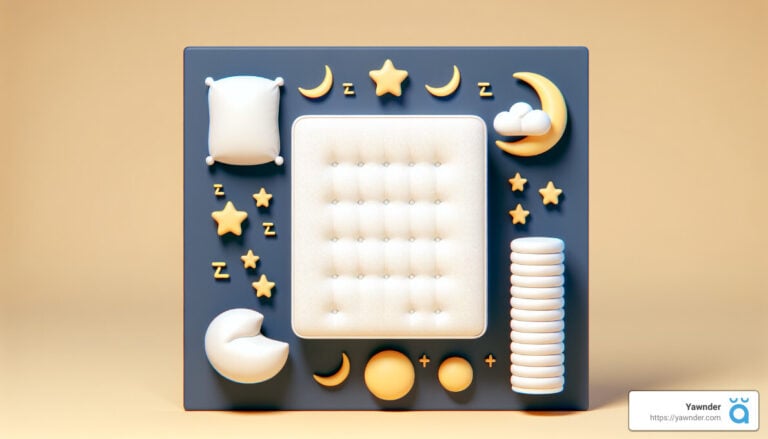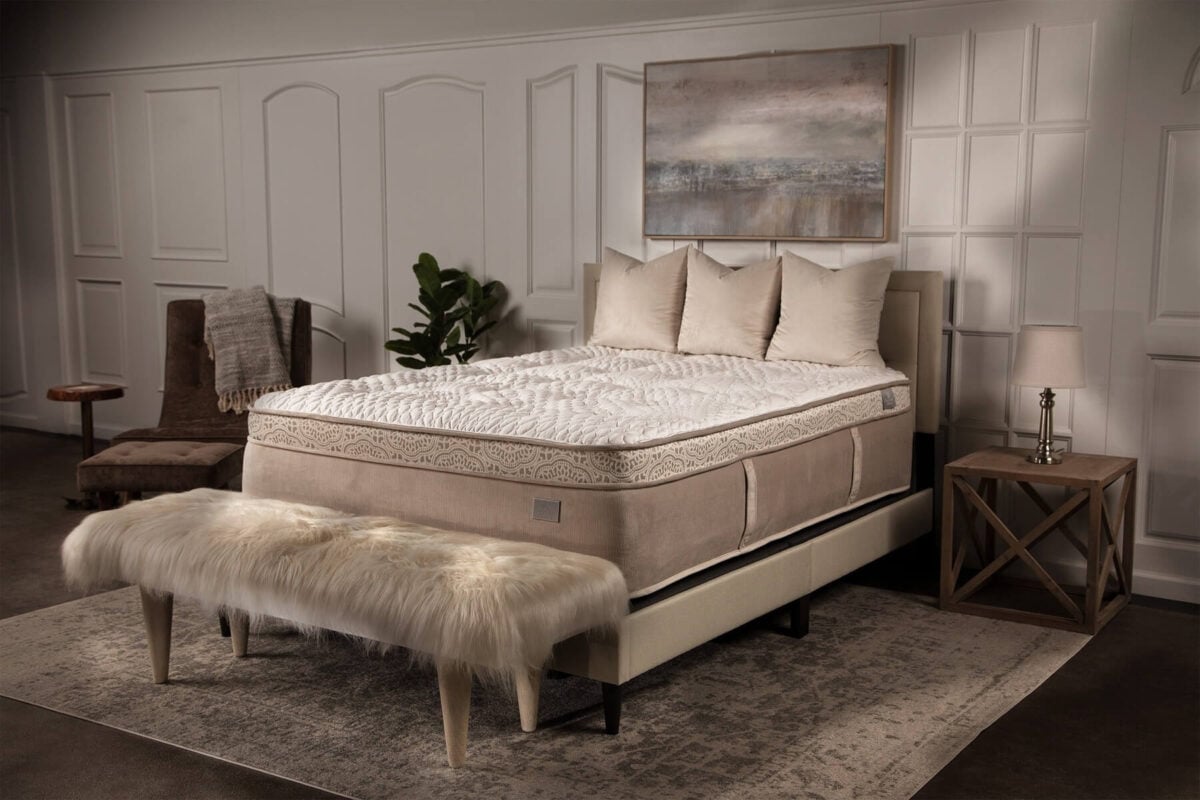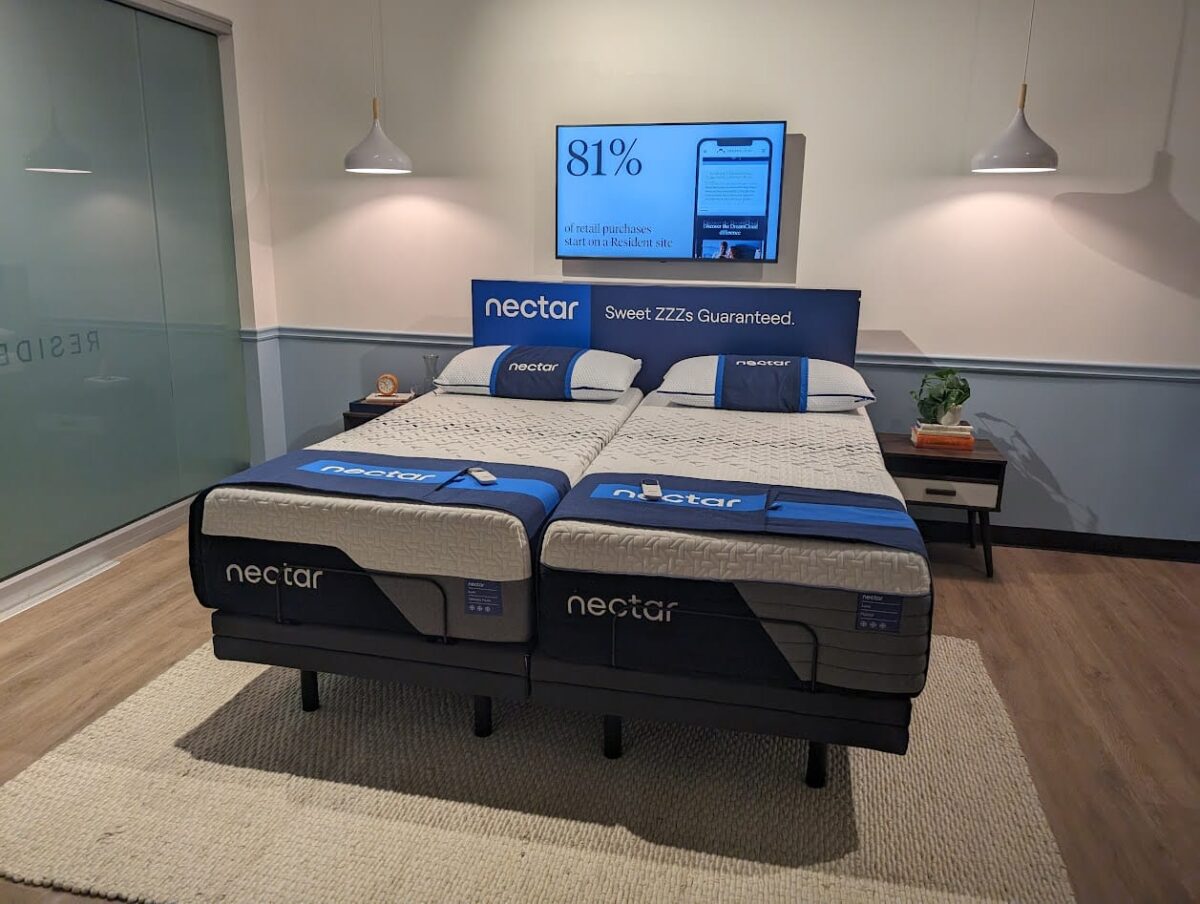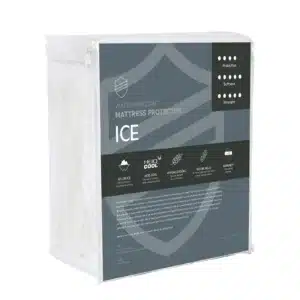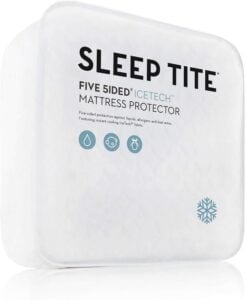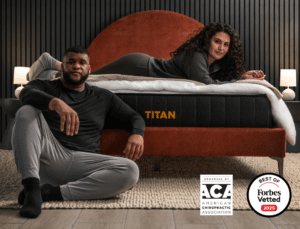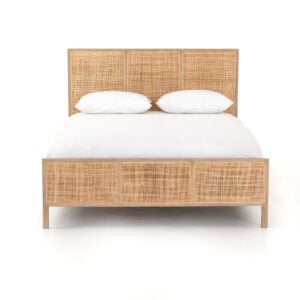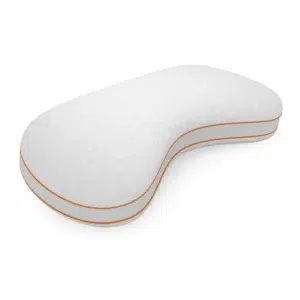Understanding Fiberglass in Mattresses: Casper ‘s Position
Do
Quick Answer:
- Yes, some
Casper mattresses do contain fiberglass. - Fiberglass is primarily used as a flame retardant.
Consumers today are more informed and want transparency about what they are sleeping on. The presence of fiberglass in mattresses, like those from
Casper, a well-known brand in the mattress industry, uses a fire barrier with a rayon yarn and fiberglass core blend in some of their models. This blend meets safety standards but it’s something you should be aware of and cautious about.

I’m Ben Trapskin. I’ve spent years digging deep into mattress materials and their impacts on health, especially concerning do
Now, let’s dive deeper into what fiberglass is and why it’s used in mattresses.
What is Fiberglass?
Fiberglass is a type of fiber-reinforced plastic made from woven glass fibers embedded in a resin. It’s valued for its high melting point, corrosion resistance, and insulating properties.

Common Uses of Fiberglass:
- Aircraft bodies
- Windows
- Roofing
- Boats
- Bathtubs
In Mattresses:
In the mattress market, fiberglass is used primarily for its fire-resistant properties. The U.S. Consumer Product Safety Commission (CPSC) requires mattresses to meet specific flammability standards. Fiberglass helps manufacturers meet these requirements cost-effectively.
However, fiberglass can pose serious risks if it escapes from the mattress, causing skin or eye irritation, allergies, and respiratory issues.
Consumer Stories
Angela Romy and her family from Volo, Illinois, experienced these issues firsthand. After removing the cover of their
Fiberglass can be found in small strands or even a powder-like substance that can become airborne. This is why it’s crucial to know whether your mattress contains fiberglass and to avoid removing the cover if it does.
Next, we will explore why mattresses use fiberglass and which
Why Do Mattresses Use Fiberglass?
Fire Resistance
Fiberglass is commonly used in mattresses for its fire-resistant properties. It helps mattresses meet strict fire safety standards without the need for harmful chemicals. Fiberglass acts as a barrier, preventing flames from spreading quickly. This is particularly important because mattresses are flammable and can pose significant fire hazards.
Federal Regulations
In the United States, mattresses must comply with federal regulations to ensure they are safe for consumers. These regulations are set by the Consumer Product Safety Commission (CPSC) under codes 16 CFR 1632 and 16 CFR 1633. These codes outline the specific fire resistance standards that mattresses must meet. Using fiberglass is an inexpensive and effective way for manufacturers to comply with these standards.
CPSC Standards
The CPSC standards require that mattresses pass certain flammability tests. These tests are designed to ensure that a mattress can withstand exposure to open flames and smoldering cigarettes without igniting. Fiberglass helps mattresses pass these tests by acting as a flame barrier, slowing down the spread of fire and giving people more time to escape in case of a fire.
Using fiberglass in mattresses is a cost-effective solution for manufacturers. However, it comes with its own set of risks, particularly if the fiberglass fibers escape from the mattress. In the next section, we will look at which Casper models contain fiberglass and which do not.
Do Casper Mattresses Have Fiberglass?
When it comes to Casper mattresses, whether they contain fiberglass or not can depend on the specific model. Some models use fiberglass as a fire barrier, while others do not. Let’s break down which
Casper Models Containing Fiberglass
The following
These mattresses use fiberglass threads within the fire sock to meet fire safety regulations. While the fiberglass is not exposed under normal use, removing the cover can release the fibers, posing potential health risks.
Casper Models Without Fiberglass
On the other hand, these
- Casper Wave Hybrid
- Casper Wave Snow Hybrid
- Casper One
- Casper Dream
- Casper Snow
- Casper Dream Max
- Casper Snow Max
Instead of fiberglass, these models use alternative materials like Rayon fibers for fire resistance. This makes them a safer option if you are concerned about the potential hazards of fiberglass.
Understanding which
Risks and Issues with Fiberglass in Mattresses
Health Risks
Fiberglass in mattresses can pose several health risks. The main concerns are skin irritation, respiratory issues, and allergies.
Skin Irritation: When fiberglass particles escape from a mattress, they can cause intense skin irritation. According to Dr. Tasha Stoiber from the Environmental Working Group, exposure to fiberglass can lead to skin rashes and itching.
Respiratory Issues: Inhaling fiberglass particles can also affect your respiratory system. Symptoms may include sore throats, coughing, and even more severe respiratory irritation. The California Department of Public Health has found that fiberglass can migrate between the layers in a mattress, potentially causing respiratory problems.
Allergies: Some individuals may develop allergic reactions to fiberglass. This can exacerbate existing respiratory conditions like asthma, making it crucial to avoid exposure if you are prone to allergies.
Consumer Complaints and Lawsuits
Consumer complaints about fiberglass in mattresses have been rising. The Consumer Product Safety Commission (CPSC) has received over 50 recent complaints regarding fiberglass in mattresses, highlighting the widespread nature of the issue.
Class Action Lawsuits: Several class action lawsuits have been filed against mattress companies, including Nectar Sleep and
Consumer Experiences: Real-life stories add weight to these concerns. For example, the Romy family from Volo, Illinois, experienced fiberglass leaking from their
Product Safety Commission: The CPSC is investigating these issues, and some mattresses have been taken for testing. While there are no federal laws requiring companies to list fiberglass as a material, California has recently banned its sale in mattresses and upholstered furniture.
Understanding these risks and consumer experiences can help you make a more informed decision about your next mattress purchase. Next, we will discuss how to identify fiberglass in your mattress and what alternatives you can consider.
How to Identify Fiberglass in Your Mattress
Steps to Check for Fiberglass
If you’re worried about fiberglass in your mattress, there are a few simple steps you can take to find out. Here’s what to do:
1. Check the Mattress Label
Start by looking at the label on your mattress. Manufacturers are required to list materials used in the mattress. Look for terms like “glass fiber” or “fiberglass.” If the label says “Do not remove cover,” it could be a sign that fiberglass is inside.
2. Look for Glass Fiber Percentage
Some labels will include the percentage of glass fiber used. This information can help you determine if there’s a significant amount of fiberglass in your mattress.
3. Inspect the Label Carefully
Take your time to read the label thoroughly. Some manufacturers might use technical terms or smaller fonts to list materials. Look for any mentions of fire barriers or fire-resistant materials, as these often contain fiberglass.
4. Use a Flashlight Test
If you suspect fiberglass but can’t find it listed on the label, try this simple test. Turn off the lights in the room and use a flashlight to inspect the mattress cover. Move the light back and forth slowly. If there are fiberglass strands, they will reflect the light and appear shiny.
5. Confirm with Customer Support
When in doubt, contact the mattress company’s customer support. Ask them directly if your specific mattress model contains fiberglass. Be persistent if you don’t get a clear answer right away. Some consumers have found that companies can be vague about this issue.
Summary:
- Check the label: Look for “glass fiber” or “fiberglass.”
- Look for percentages: Some labels include the amount of glass fiber.
- Read carefully: Labels might use small fonts or technical terms.
- Flashlight test: Shine a light to spot reflective fiberglass strands.
- Ask customer support: Confirm with the manufacturer directly.
By following these steps, you can better understand if your mattress contains fiberglass. Next, we will explore alternatives to fiberglass in mattresses.
Alternatives to Fiberglass in Mattresses
If you’re concerned about fiberglass in your mattress, don’t worry. There are plenty of fiberglass-free alternatives that offer both safety and comfort. Let’s explore some of these options.
Latex Mattresses
Latex mattresses are a great alternative to those containing fiberglass. They are made from natural or synthetic latex, providing excellent support and durability. Natural latex is also hypoallergenic and resistant to dust mites and mold.
Innerspring Mattresses
Innerspring mattresses use metal coils for support and usually have a layer of foam or padding on top. These mattresses are known for their durability and breathability.
Wool
Wool is another excellent alternative to fiberglass. It’s naturally fire-resistant, breathable, and helps regulate temperature. Wool can be found in many high-quality mattresses.
Plant Fibers
Plant fibers like thistle or viscose rayon are often used in vegan mattresses as fire barriers. These materials are sustainable and provide good fire resistance without the risks associated with fiberglass.
By opting for these alternatives, you can enjoy a safer and more comfortable sleep without the worries associated with fiberglass.
Frequently Asked Questions about Casper Mattresses and Fiberglass
Does Casper Use Fiberglass in Mattresses?
Yes, some Casper mattresses do use fiberglass. Specifically, the Casper Original, Casper Original Hybrid, Casper Nova Hybrid, Casper Atlas, and Casper Dawn models contain fiberglass. This is primarily used in the fire sock as a flame retardant to meet federal safety standards.
Interestingly, not all
How Do I Know If My Mattress Has Fiberglass?
To determine if your mattress has fiberglass, check the mattress label. Look for mentions of “glass fiber” or any warnings not to remove the cover. Here are some steps to help you identify fiberglass in your mattress:
- Label Inspection: Carefully read the label on your mattress. Look for terms like “glass fiber” or “fiberglass” in the materials list.
- Flashlight Test: Shine a flashlight on the mattress cover in a dark room. If you see tiny, shiny particles, these could be fiberglass fibers.
- Customer Support Confirmation: Contact the manufacturer directly. Many consumers have confirmed the presence of fiberglass in their mattresses by reaching out to customer support.
What Kind of Mattress Does Not Have Fiberglass?
If you’re looking for a mattress without fiberglass, consider these alternatives:
- Latex Mattresses: Made from natural or synthetic latex, these mattresses are known for their durability and comfort.
- Innerspring Mattresses: Traditional innerspring mattresses often use organic cotton covers and other natural materials.
- Wool: Wool is naturally fire-resistant and is used in some high-end mattresses.
- Plant Fibers: Mattresses made with plant-based materials like cotton and bamboo can also be a safe alternative.
By choosing these types of mattresses, you can avoid the risks associated with fiberglass while still enjoying a comfortable and safe sleep environment.
Conclusion
When it comes to mattress safety, consumer awareness is crucial. The presence of fiberglass in mattresses, including some models from
We understand that this topic can be confusing and even alarming. Casper has made strides in addressing these concerns by updating some of their models to fiberglass-free alternatives. However, it’s essential to know which models are safe and which still contain fiberglass.
For those looking to avoid fiberglass entirely, there are plenty of fiberglass-free options available. Brands like Bear, Saatva, and Avocado offer excellent alternatives made with natural materials like wool and plant fibers.
At Yawnder, we prioritize your safety and satisfaction. Our comprehensive guides and reviews aim to help you make the best choice for your sleep needs. For more information on safe and comfortable mattresses, visit our Mattresses page.
By staying informed and choosing wisely, you can ensure a healthier, safer sleep environment for you and your family.


